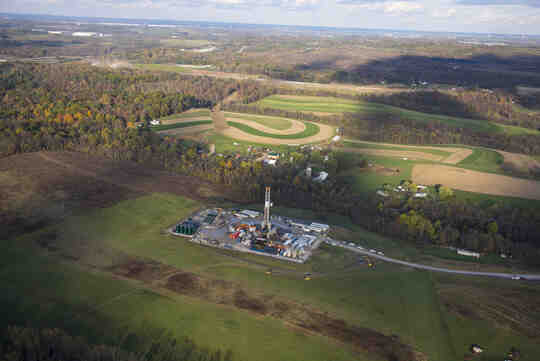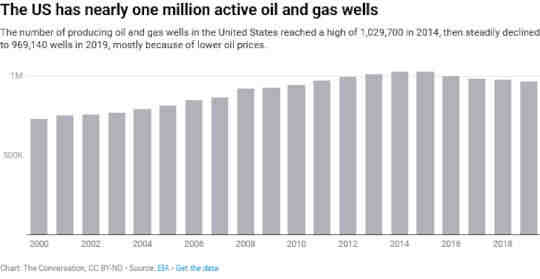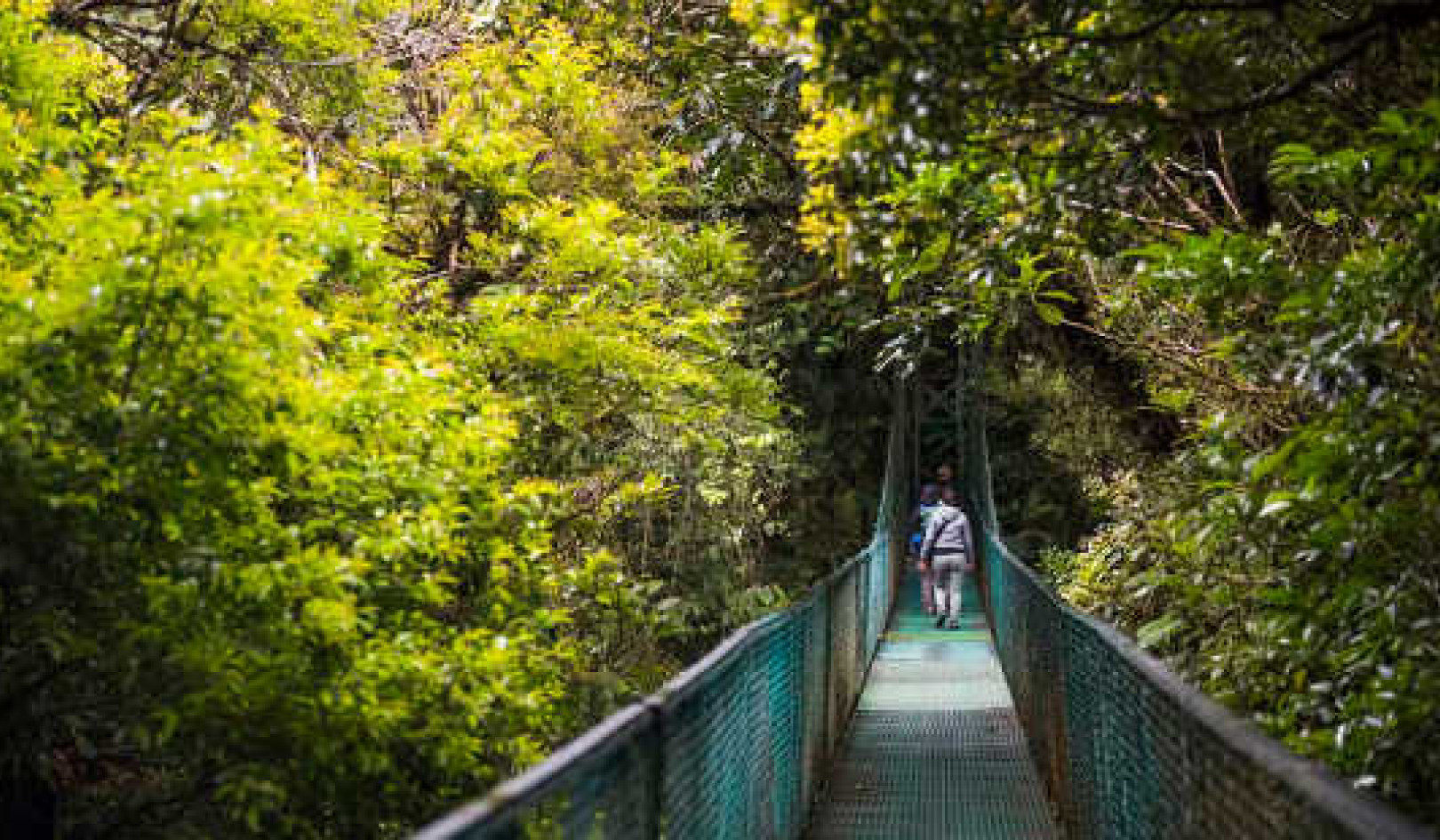
President Joe Biden’s infrastructure plan proposes to spend US$16 billion plugging old oil and gas wells and cleaning up abandoned mines. But there’s no authoritative measure of how many of these sites exist across the nation.
In a recent study, my colleagues and I sought to account for every oil and gas well site in the lower 48 states that was eligible for restoration – meaning that the well no longer was producing oil or gas, and there were no other active wells using that site. We found more than 430,000 old well sites, with associated infrastructure such as access roads, storage areas and fluid tanks. They covered more than 2 million acres – an area larger than Delaware and Rhode Island combined.
These sites are scattered across the country, concentrated mainly in forests, grassland and cropland. They could be put to good use. We estimated the value of crops that could be produced if these lands are restored at over $14 billion over the next 50 years.
We calculated that restoring these lands could remove millions of tons of carbon from the atmosphere as vegetation regrows on them, providing an estimated $7 billion in benefits from reduced greenhouse gas emissions. It also would provide habitat for wildlife and could produce timber for harvesting. And because healthy ecosystems filter air and water, returning these lands to a natural state could reduce air pollution and improve drinking water quality.
Retired oil and gas executive Curtis Shuck explains why his nonprofit is working to plug thousands of orphaned wells across the U.S.
In recent years, energy production has become the largest consumer of new land in the U.S., outpacing urban and residential development. The oil and gas industry has a particularly large footprint, occupying millions of acres, with big impacts on the environment. Energy development reduces biodiversity, increases carbon emissions, disrupts natural ecological processes and decreases ecosystem services – the numerous benefits that natural landscapes perform for humanity.
While active wells are producing oil and gas, they generate obvious economic benefits, along with direct and indirect costs. Eventually, however, all wells go dry. After that, their economic value is gone and only the costs remain.
Most states and the federal government require energy developers to plug old wells and reclaim the land, and to post bonds to help ensure that they do so. Often, however, companies either go bankrupt and abandon sites or assert that idled wells are still producing and maintain their leases indefinitely. Furthermore, the bond amounts are almost never enough to cover the complete costs of plugging wells and restoring the land.

Pennsylvania officials have identified thousands of abandoned oil and gas wells in the state (marked in blue) with no identifiable responsible party to complete plugging them. Pennsylvania Department of Environmental Protection
Abandoned wells can sit idle for many years. Many leak methane, a potent greenhouse gas, or other contaminants, damaging surrounding landscapes and threatening water supplies.
Restoring these sites starts with plugging the well to remove contamination hazards. Next, companies remove all infrastructure, such as well pads and roads. They replace topsoil, plant native plants – which may need extra care to become established over several years – and restore the site’s natural drainage patterns.
Thousands more active oil and gas wells will stop producing in the coming years. Energy companies installed over 150,000 wells on 500,000 acres of land during the initial oil and gas “fracking” boom from 2004 to 2015. These wells and older ones cover millions more acres of land that may someday become rural brownfields scattered across the American landscape.

How far would $16 billion go toward remediating inactive oil and gas sites? We estimated that the land around all currently nonproducing wells in the lower 48 states could be restored for about $7 billion, with additional costs for plugging wells.
We had only a few publicly available examples of actual restoration costs to develop our estimate, and costs likely vary widely across different types of ecosystems. But we carried out a detailed assessment and found that in every scenario we studied, the economic benefits from restored lands would be much greater than the costs.
In my view, this investment would produce returns that include crop production, better human health, cleaner air and water, and a more beautiful and ecologically sound landscape.
About The Author
Books on The Environment from Amazon's Best Sellers list
"Silent Spring"
by Rachel Carson
This classic book is a landmark in the history of environmentalism, drawing attention to the harmful effects of pesticides and their impact on the natural world. Carson's work helped to inspire the modern environmental movement and remains relevant today, as we continue to grapple with the challenges of environmental health.
Click for more info or to order
"The Uninhabitable Earth: Life After Warming"
by David Wallace-Wells
In this book, David Wallace-Wells offers a stark warning about the devastating effects of climate change and the urgent need to address this global crisis. The book draws on scientific research and real-world examples to provide a sobering look at the future we face if we fail to take action.
Click for more info or to order
"The Hidden Life of Trees: What They Feel, How They Communicate?Discoveries from A Secret World"
by Peter Wohlleben
In this book, Peter Wohlleben explores the fascinating world of trees and their role in the ecosystem. The book draws on scientific research and Wohlleben's own experiences as a forester to offer insights into the complex ways that trees interact with one another and the natural world.
Click for more info or to order
"Our House Is on Fire: Scenes of a Family and a Planet in Crisis"
by Greta Thunberg, Svante Thunberg, and Malena Ernman
In this book, climate activist Greta Thunberg and her family offer a personal account of their journey to raise awareness about the urgent need to address climate change. The book provides a powerful and moving account of the challenges we face and the need for action.
Click for more info or to order
"The Sixth Extinction: An Unnatural History"
by Elizabeth Kolbert
In this book, Elizabeth Kolbert explores the ongoing mass extinction of species caused by human activity, drawing on scientific research and real-world examples to provide a sobering look at the impact of human activity on the natural world. The book offers a compelling call to action to protect the diversity of life on Earth.
Click for more info or to order
This article originally appeared on The Conversation
![]()
























